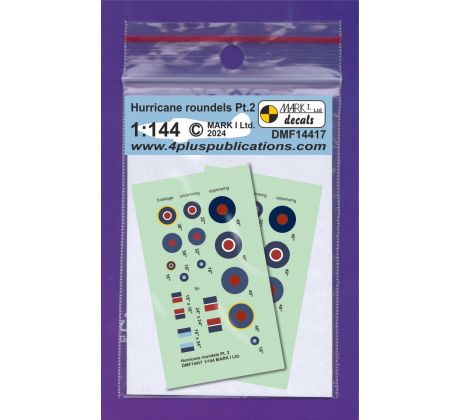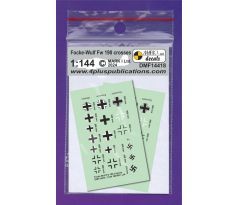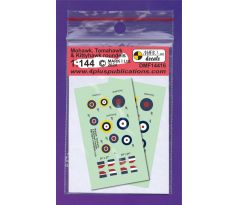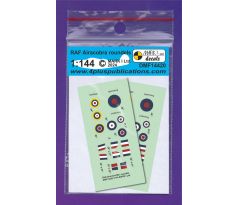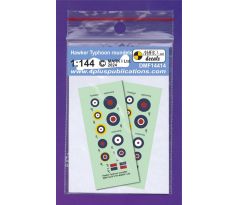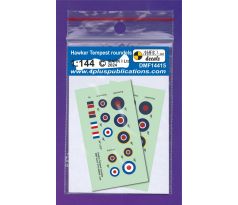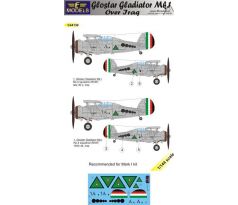Category
Login
Hurricane roundels & fin flashes (Pt.2), 2 sets

Hurricane roundels & fin flashes (Pt.2), 2 sets
| Ref. No.: | DMF14417 |
| Availability: | IN STOCK |
80,- Kč (3,27 €)
Add to cart


